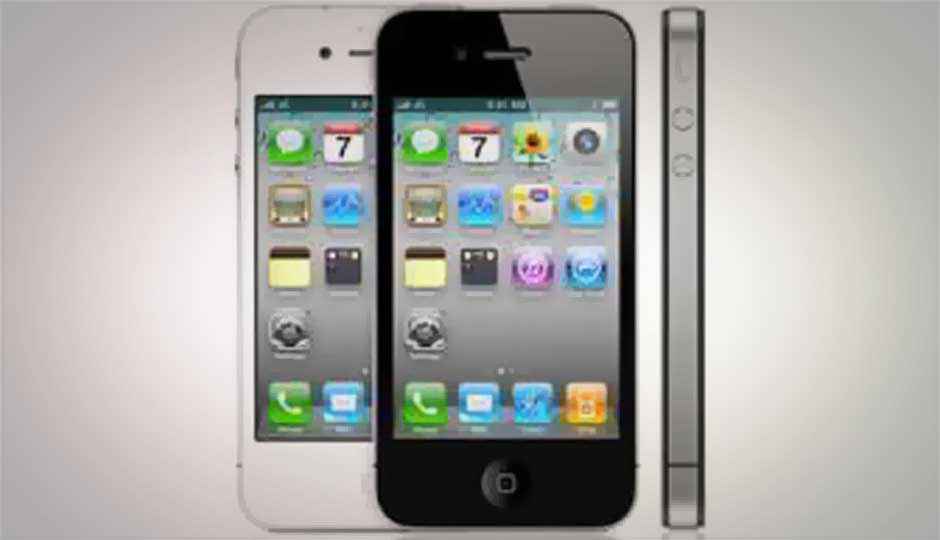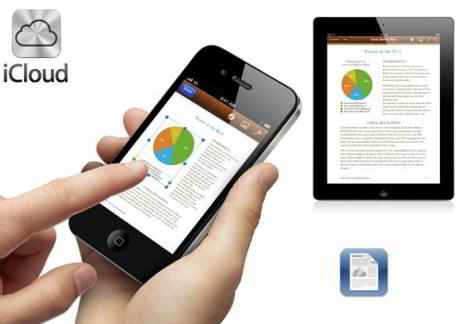R.I.P spec sheet; the ‘feel’ matters more

Remember the days (mid 2010, to be precise) when Consumer Reports had “not recommended” the iPhone 4. Why? Because it didn’t think Apple would solve the antenna issue. It did, and the 4 sold well. Sold well? That would be putting it mildly. Fast forward to the present, and notice how the same organization is reluctantly “recommending” the iPhone 4S, but with a caveat – some Android phones have better specs. Safely assumed that better specs means better performance? Well, within 3 days of the launch on 14th October, 4 million units were sold. Are the LG Thrill and the Motorola Droid Bionic really better than the 4S, user experience wise? Well, sales figures suggest the consumers don’t think so!
So what exactly happened? For one, the spec sheet got torn up and thrown out of the window. Or put through the paper shredder, for the eco friendly amongst us! Specs only matter so much that a basic level is maintained. Over the last few years, we have seen a baseline being created and maintained for minimum specs, be it PCs, smartphones, and even for the tablets of late. But the brands seem to fighting over numbers beyond that baseline – “you have a 1GHz processor in your phone but my phone has 1.2GHz so it is faster” routine. But comparing products isn’t that simple anymore.
Beyond basic specs, the user experience matters more. Why is my MacBook with lesser GHz on the processor, 2GB less RAM and a smaller hard drive still feel faster than the more ‘powerful’ HP laptop? Whether it is the OSX vs. Windows bit again, or just better hardware – software optimization, the consumer doesn’t really care. For them, one machine boots faster, feels slicker to use and offers better battery life than the other – the end! Would the Motorola Droid Bionic sell 4 million units in 3 days, ever? Even though it has ‘better’ specs on paper than the iPhone 4S and costs less as well, it won’t.
We experienced the Windows Phone 7.5 (Mango) recently on a couple of phones. And quite simply, I will stick my neck out and say that while the iOS leads the experience race by a mile, WP 7.5 has already piped Android to be the second best. Even on phones with basic specs – 1GHz processor and 512MB RAM, the interface was slick, no slowdowns, no lags and felt like a motivated newbie at the office. Compare that with Android on similar specs. We have done that countless number of times as reviewers, and the results aren’t pretty. The UI has a lag, performance slows down distinctly over time and you just start getting annoyed with the phone in general, every time you remember the amount of money spent. However, on paper, both phones have the same specs. But that result in similar performance? Answer: A resounding NO.
The critical point is not how it looks on paper, but actually how it feels in real life, specs not considered. While Samsung gently screams, “enjoy the power of more efficient multitasking with 1GHz dual core processor”, Apple says things like “Amazingly thin and light”, “Over 140000 apps just for iPad” and talks about iOS 5 and iCloud.
As reviewers, we are changing the way we approach products as well. The favourite pastime of gadget testers – the benchmarks – does not work at all on the consumer tech products. By Consumer Reports’ logic, the Droid Bionic will get better benchmark scores than the iPhone 4S. But what do the sales figures tell you? A very senior journalist I happen to know recently remarked, “When you bring benchmarks into the iPhone vs. Galaxy SII argument, all common sense goes out of the window”. He may have been talking about one specific case, but that can be applied in the wider context as well.
What don’t matter anymore are the spec wars. What matters more is the user experience on offer, ecosystems connected with the platform (app stores etc.) and the biggest point of them all – the feel of using the product.

